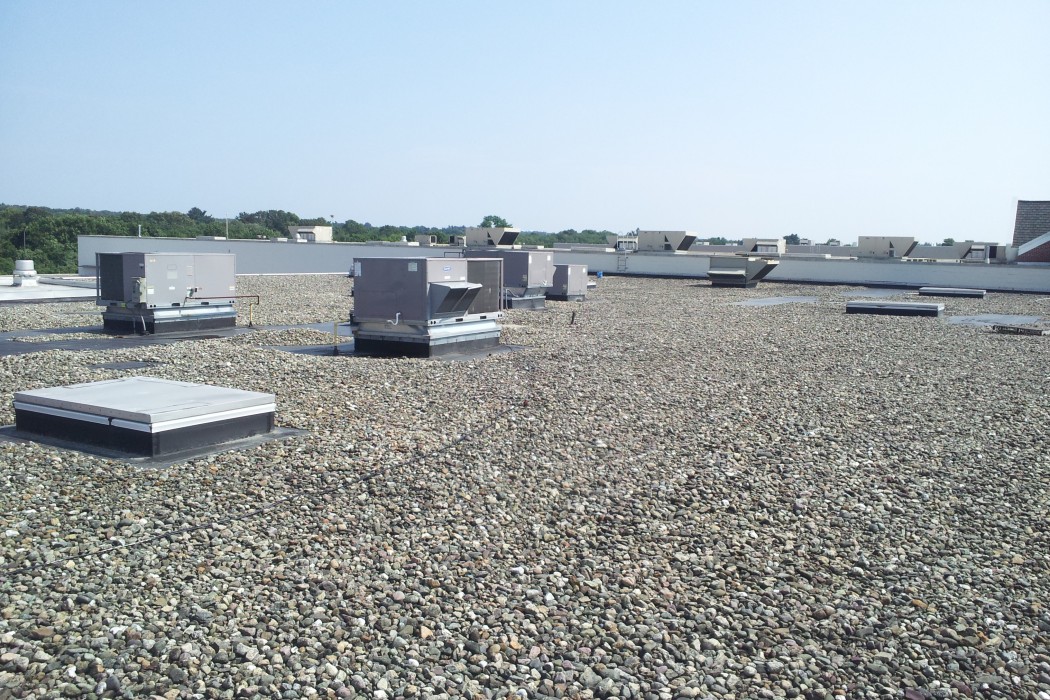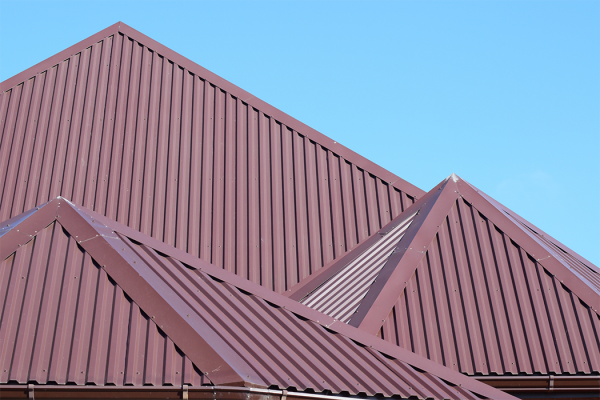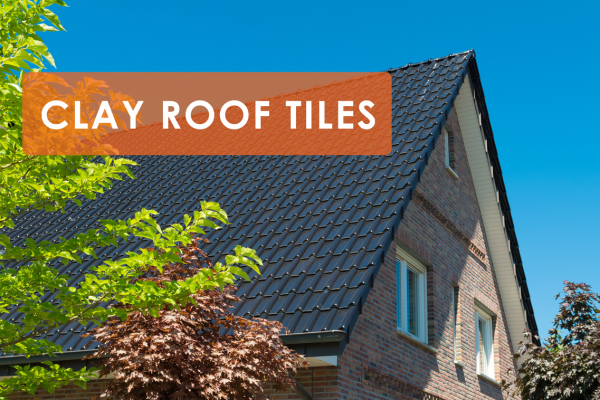Ballasted roofs, their stone version at least, have been around for a few decades now (since the 70s). They are similar to built-up roofs, but with a few major distinctions, such as using much larger stones (1 inch in diameter at least) and this stone is applied in such a way that the “ballast” is basically the only thing holding the components in place, but it does so quite well.
Ballasted Roof Construction
These roof types are “loose-laid”. What this means is that the contractor can put everything together without the need for fastening any of the components to either the roof deck or to each other.
What makes this possible is the ballast is placed on top of the membrane. This fixes the components in place by weighing them down. At the same time, the waterproofing layer is attached to the parapet and at specific points of penetration.
What are the Advantages of a Ballasted Roof?
One of the biggest advantages of a ballasted roof is its price. Since there is no need for fasteners and adhesives that other roofing systems require, both the cost and time for installing a ballasted roof is reduced.
In addition, a ballasted roof offers some extra advantages to the contractor, not counting labor and time saving.
For one, since these roof systems are quick to install, there will be less chance for delays and the construction schedule can keep going as planed in most cases. Second, roofing crews can install large sheets of membrane rather quickly and do so in almost any weather condition.
For the building owner, on the other hand, the good news about ballasted roofs is that they are long lasting and repairs are easy. Also, thanks to stone/concrete pavers, the waterproofing layer is safe from ultraviolent rays, foot traffic, hail and other conditions that might damage it.
Finally, when the roof’s lifespan has ended, the membrane can be recycled, as it doesn’t contain any adhesives.



